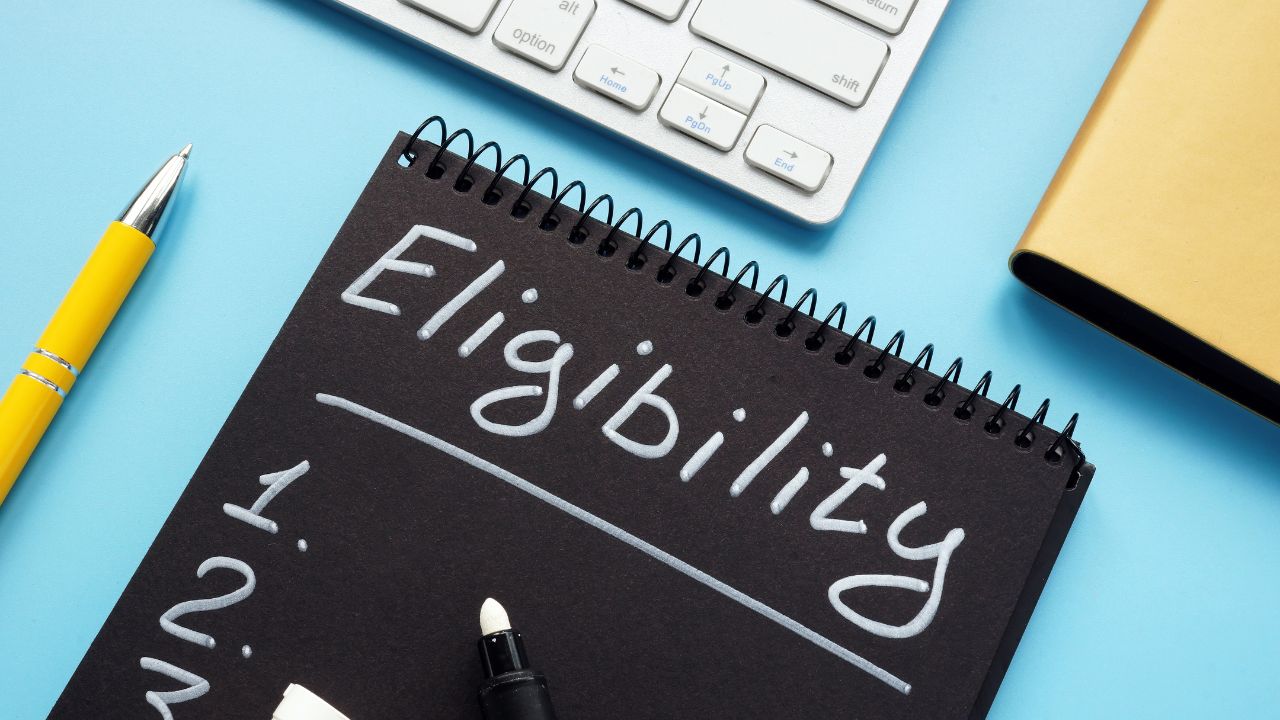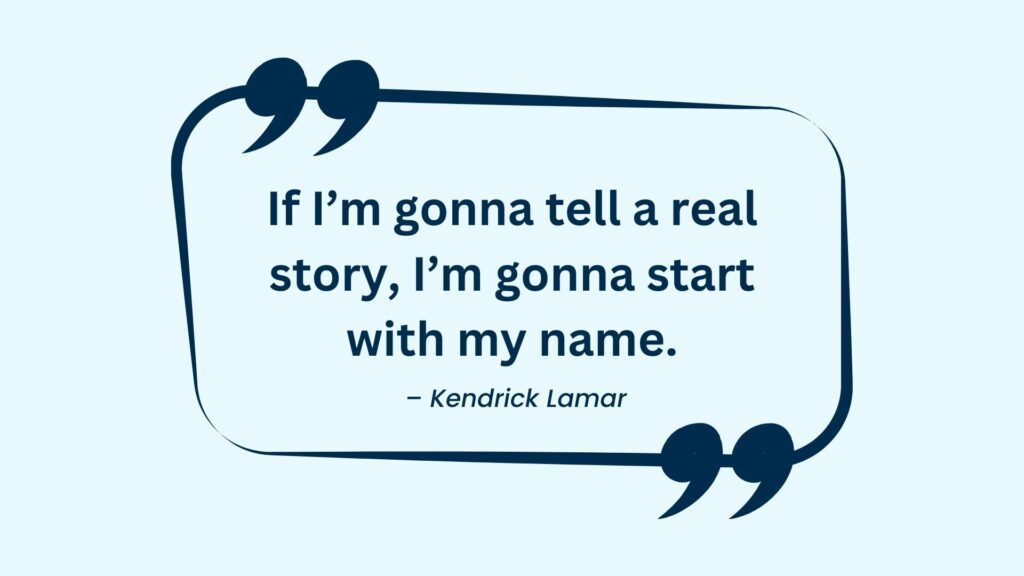Table of Contents
Are you struggling to pay for college tuition and expenses? If so, the Pell Grant may be just what you need. The Pell Grant is a federal financial aid program that provides funding to eligible students who wish to pursue higher education. But how do you know if you qualify for this grant? In this blog post, we’ll explore the requirements and eligibility criteria for the Pell Grant, as well as its benefits and application process. So whether you’re a prospective or current student, keep reading to find out if the Pell Grant can help make your educational dreams a reality!
What is the Pell Grant?
The Pell Grant, established in 1972, is the largest federal grant program for higher education. It provides need-based financial aid to undergraduate students who have not yet earned a bachelor’s or professional degree. The grant amount may vary based on factors such as your expected family contribution (EFC), enrollment status, and cost of attendance.
Unlike loans, Pell Grants do not have to be repaid. This makes them an attractive option for students who require financial assistance but don’t want to accumulate debt.
One of the best things about the Pell Grant is that it can be used at any participating college or university across the country. This gives you more flexibility in choosing where to attend school and pursuing your desired course of study.
It’s important to note that while the Pell Grant covers a significant portion of tuition fees and other expenses, it may not cover all costs associated with attending college. Therefore, it’s crucial to explore other sources of funding such as scholarships and work-study programs.
Also Read : The Ultimate Guide to UC Colleges: A Comprehensive Ranking and Comparison
How do I know if I qualify for the Pell Grant?
The Pell Grant is a federal program that provides financial aid to students who are in need of financial assistance. To know if you qualify for the Pell Grant, there are certain eligibility requirements that you need to fulfill.
Firstly, you must be an undergraduate student and have not yet earned a bachelor’s or professional degree. Additionally, your expected family contribution (EFC) should be below a certain level as determined by the Department of Education based on information provided on your Free Application for Federal Student Aid (FAFSA).
Your enrollment status also plays a role in determining your eligibility for the Pell Grant. You must be enrolled either full-time or part-time in an eligible program at an accredited institution. Furthermore, citizenship status and criminal history can affect your eligibility.
It’s important to note that meeting these requirements does not necessarily guarantee that you will receive the maximum amount of funding available through the Pell Grant program. The actual amount awarded is calculated based on many factors including but not limited to: financial need, cost of attendance at school and availability of funds from Congress.
To determine whether or not you meet all necessary criteria it’s recommended that applicants consult with their college’s financial aid office or use online tools such as those found at fafsa.gov/estimator which estimates how much grant money may become available before applying.
What are the benefits of receiving the Pell Grant?
Receiving the Pell Grant can be a game-changer for students who struggle with college tuition costs. The benefits of this grant are numerous, and it can make all the difference to those who are eligible.
Firstly, one of the biggest benefits is that unlike student loans, you don’t have to pay back the money you receive from the Pell Grant. This means that you won’t be burdened by debt once your studies are over.
The grant also provides financial assistance for books, supplies, and other course-related expenses. This allows students to focus on their education without worrying about additional costs that could impact their academic performance.
Furthermore, receiving a Pell Grant may open up opportunities for scholarships and other forms of aid as well. Many universities offer financial assistance specifically for students who qualify for federal grants like Pell.
There’s no denying that receiving a Pell Grant can take some of the stress out of pursuing higher education. It offers essential support so that students can focus on achieving their goals without being held back by financial constraints.
How do I apply for the Pell Grant?
Applying for the Pell Grant is a relatively straightforward process that can be done entirely online. The first step is to complete the Free Application for Federal Student Aid (FAFSA) form, which will determine your eligibility for financial aid programs such as the Pell Grant.
To begin your application, visit the FAFSA website and create an account. You will need to provide personal information such as your social security number, income details, and tax returns. Once you have completed the form and submitted it online, you will receive a confirmation email acknowledging receipt of your application.
After submitting your FAFSA form, you may also need to provide additional documents or information to verify your eligibility for the Pell Grant. This could include proof of citizenship or residency status, academic transcripts from previous schools attended, or other documentation specific to your circumstances.
It’s important to note that there are strict deadlines for submitting your FAFSA form in order to qualify for federal financial aid programs like the Pell Grant. Be sure to check with each school you’re considering attending about their specific deadlines and requirements.
Applying for the Pell Grant requires careful attention-to-detail throughout every step of this crucial process when pursuing higher education opportunities at institutions across America!
Also Read : Class Rank: Understanding Academic Standing and Its Implications
Conclusion
In summary, the Pell Grant is a federal financial aid program designed to provide assistance to students who need it most. As discussed in this article, there are specific eligibility requirements that must be met for you to qualify for the grant.
It’s important to note that even if you don’t meet all of the eligibility criteria, it’s still worth applying as other factors may still make you eligible. Also, keep in mind that meeting these requirements doesn’t guarantee that you will receive the full amount or any funds at all.
If you’re interested in applying for the Pell Grant, start by filling out your Free Application for Federal Student Aid (FAFSA) and submitting it before the deadline. And remember – don’t hesitate to reach out to your school’s financial aid office if you have any questions or concerns about your eligibility or application status.
With some effort and luck on your side, receiving a Pell Grant can help lessen your financial burden so that you can focus on achieving academic success without worrying about how much college costs!











